You’ve probably been cleaning your home the same way for years, maybe even the same way your parents or grandparents taught you how to clean. But what if some of those “ tried and true methods” are doing more harm than good?
From using way too much dish soap to scrubbing windows on a beautiful sunny day, many common cleaning habits just feel right but are no longer defensible under scrutiny. In fact, turned out some of them may help spread more dirt and bacteria than remove it. Let us discuss some common cleaning myths and see why they are wrong and what you should do instead.
Cleaning Myths That Are Just Wrong
We all want our homes to be spotless, but sometimes the ways we clean with the best intentions could make things worse. Often, we may repeat bad cleaning habits because they are acts of available tradition passed down, gleaned from a television show or learned from social media cleaning influencers; or they are simply based on bad science or bad information.
1. Myth: Using More Dish Soap Will Clean Better
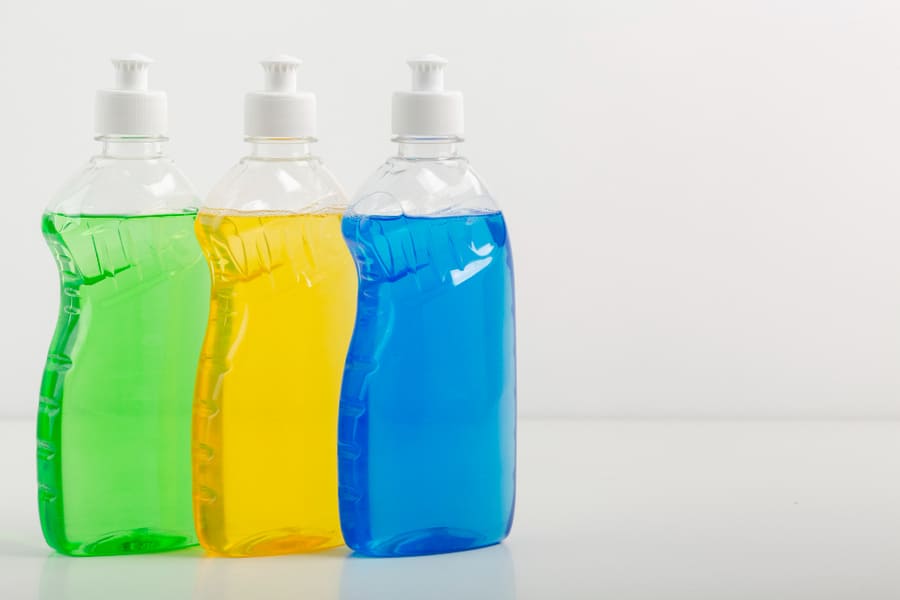
Why It’s Wrong: You might want to think that more soap means it cleans better. More soap can be bad. There is no additional benefit for using a lot of dish soap. In fact, the sweat may make it impossible to rinse completely; leading to a film to attach grease and food residue.
What To Do Instead: Review the label and adhere to the stated amount (a couple drops for washing dishes and about a tablespoon or less for dishwashers!). Scrub hard, and let the hot water do the work!
2. Myth: Clean Windows on a Sunny Day for Best Results

Why It’s Wrong: A sunny day seems like the best day to open the windows and notice the dirt while spraying the glass cleaner on, but the heat from the sun will cause the glass cleaner to evaporate much quicker than it normally would. A faster evaporating window cleaner causes streaking, and using a paper towel which can leave dust or lint behind is even worse.
What To Do Instead: Make sure to select a cloudy day or wait until one of the earlier or later parts of the day. Additionally, once you start the cleaning you can eliminate streaks with either, a microfiber cloth or squeegee both of which work much better than tissues or a cotton towel.
3. Myth: Use One Sponge To Clean Everything
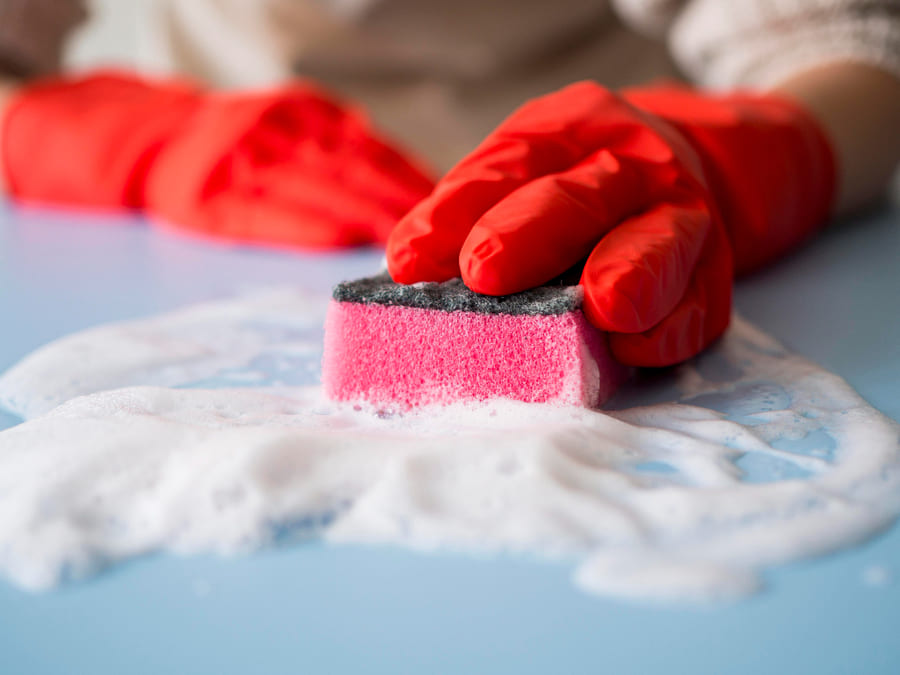
Why It’s Wrong: A kitchen sponge is bacteria’s best companion. When you are using one, single sponge to wipe down every surface, counter-tops, cutting boards etc – you are not cleaning, you are simply moving germs from surface to surface.
What To Do Instead: Assign sponges/cloths to specific task areas, one for dishes one for counters etc. Disinfect your sponges often (i.e. microwave for 1 minute or through the dishwasher), and replace sponges every 1-2 weeks.
4. Myth: Bleach Is the Ultimate Cleaner
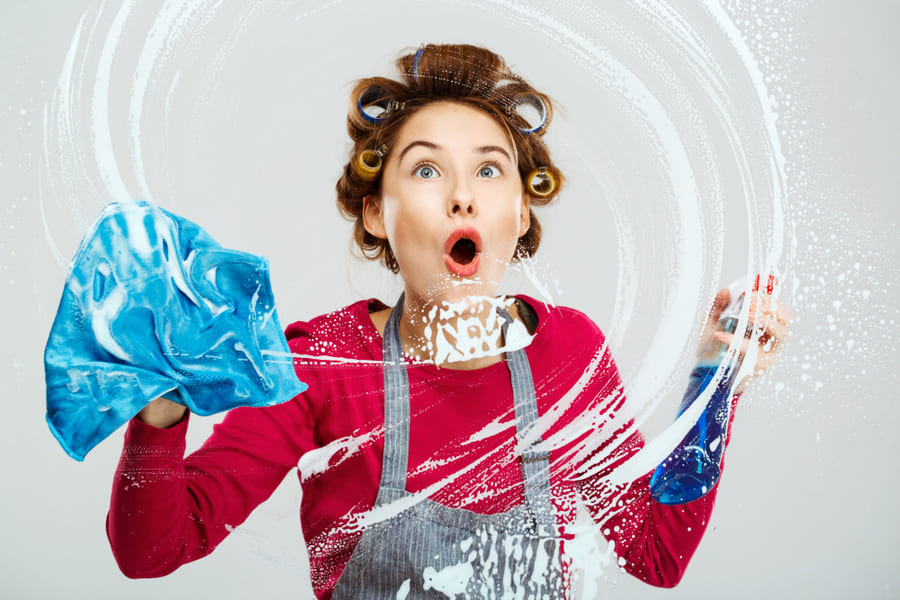
Why It’s Wrong: Bleach is a disinfectant, not a cleaner, it will NOT remove dirt; recall if you put bleach on something dirty, it is just a new surface that is being “masked” by the bleach. Bleach is also toxic when associated with or mixed with some cleaners.
What To Do Instead: First clean the surface with soap and water, or a true all-purpose cleaner. If the surface is a common touch, like a doorknob or sink in a bathroom, then you can use bleach; just follow the directions, and remember to dilute the bleach according to the manufacturers directions.
5. Myth: Vinegar Works on Everything

Why It’s Wrong: Vinegar is often a popular DIY clean because it has some some disinfecting properties but, vinegar is an acid. This will cause issues with some of your surfaces, especially natural stone such as granite, marble, and slate. Vinegar will dull stone over time.
What To Do Instead: While vinegar is frequently used as a cheap, home-made cleaner because it has some disinfecting abilities, vinegar is an acid. This will cause problems for some of your finishes, especially for natural stone finishes like granite, marble, and slate.
6. Myth: Furniture Polish Makes Wood Look Better
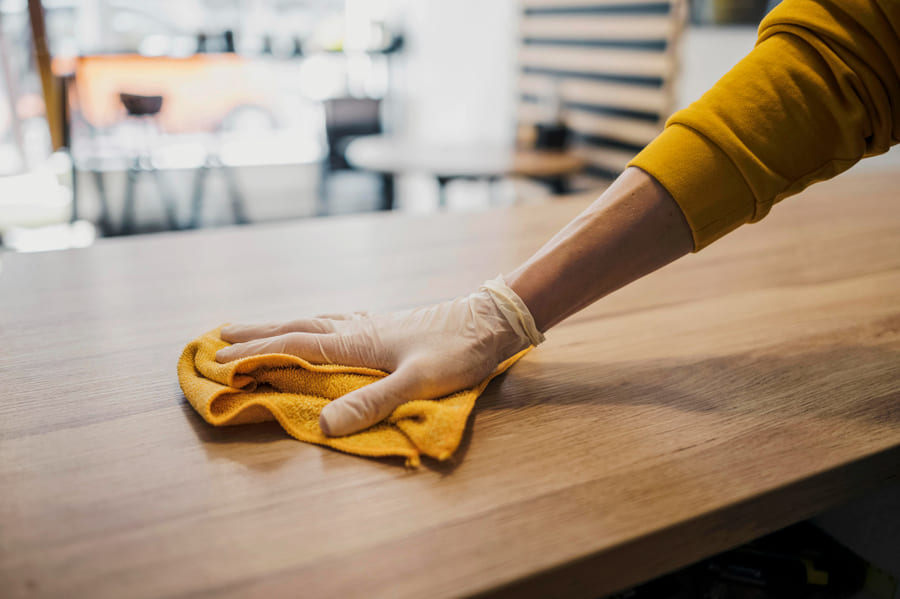
Why It’s Wrong: Dusting your wood furniture weekly with a dry microfibre cloth is all you really need. Use polish sparingly, and at least a month apart or less, and using a little bit and buffing very well.
What To Do Instead: Dusting your wood furniture weekly with a dry microfibre cloth is all you really need. Use polish sparingly, and at least a month apart or less, and using a little bit and buffing very well.
7. Myth: Carpets Need Shampooing Monthly
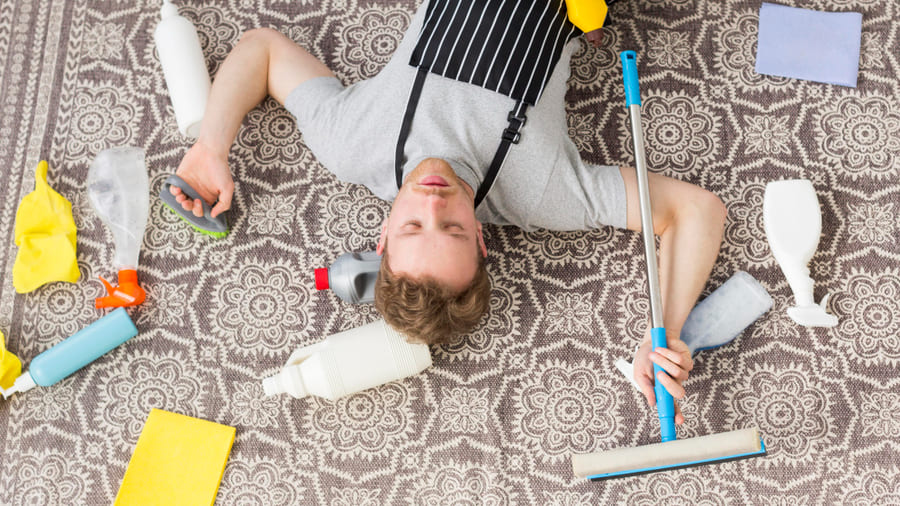
Why It’s Wrong: Surfactants (the cleaning portion of shampoo) interact with dirt/soil, but soap residue, wax or soil/dirt, and other variants buildup over time and leave your carpets dirty. Soap residues actually attract dirt. Monthly shampooing is also an unnecessary strain on your carpet fibers as well. Carpets can have mold and/or mildew issues if they are wet (again, even if they are clean!) when they dry.
What To Do Instead: Vacuum once a week or once every two weeks, spot treat spills (since they will occur!), and then deep clean (steam clean or shampoo clean) when needed every 6-12 months depending on traffic/people associated with area.
8. Myth: Cleaning Products Work Instantly
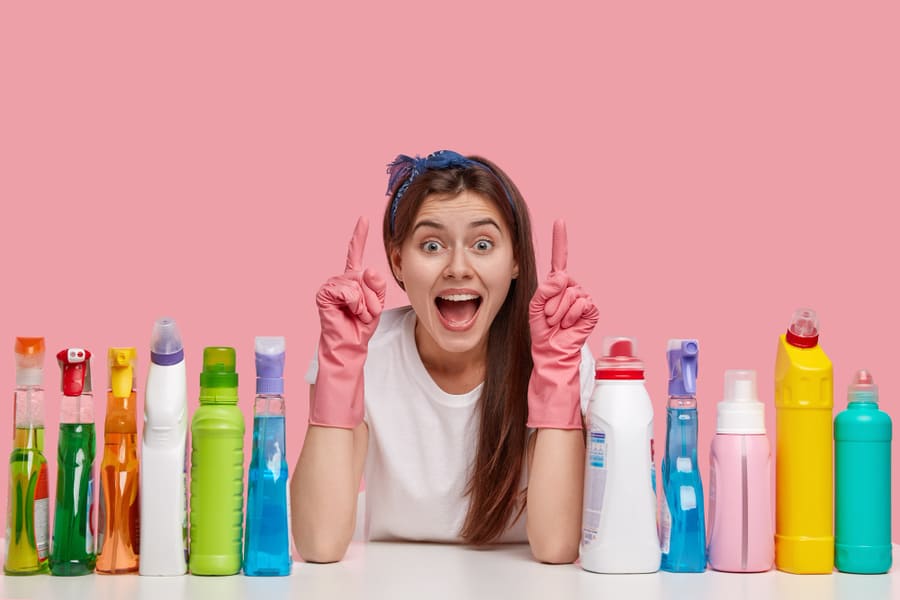
Why It’s Wrong: Many people spray and then wipe immediately. Many cleaners especially disinfectants have a time for them to work. The time they need to work is called dwell time and is very important to properly kill germs.
What To Do Instead: Read the label and allow the product to dwell on the surface for 5-10 minutes before wiping.
9. Myth: Disinfectant Wipes Are a “One Wipe” Solution
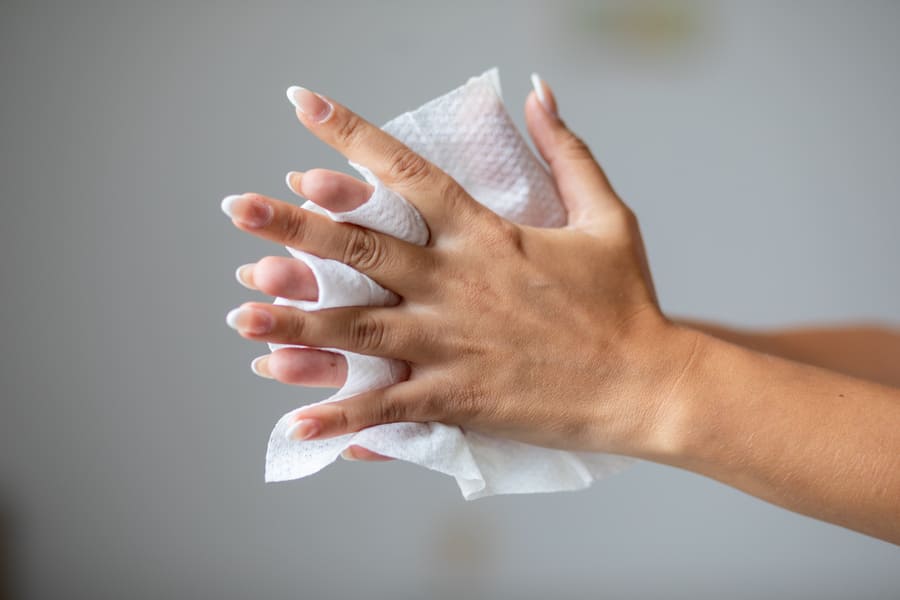
Why It’s Wrong: Because using on wipe over multiple surfaces will quickly reduce its effectiveness. After it is dried out and/or visibly soiled, it is no longer disinfecting properly.
What To Do Instead: Use one wipe per small area. Let the surface dry so the germs can be killed, and don’t dry it off with a towel.
10. Myth: The Smell of Clean = Clean

Why It’s Wrong: Strong floral scents or lemon scents may provide the room with a freshly clean scent, but scent does not mean sanitized. Some air fresheners or scented cleaners disguise odors, which do nothing to rid your space of the source of the smell.
What To Do Instead: Think about how to remove grime and bacteria, as opposed to disguising the smell of bacteria and grime. When you are cleaning, first open the room to fresh air, and use odor neutralizers (baking soda) when appropriate.
Conclusion
In the era of viral cleaning hacks and DIY tips and cleaning advice it’s so easy to find yourself doing things that sound like a good idea, but in reality these cleaning tips just don’t work. Cleaning should be easy; just easier and smarter. So, the next time you clean and grab a sponge, and slop a giant dollop of soap down the drain, remember that more is not more, you need to clean smarter because the environment loves it when you do.

Numrah Fareed is a freelance writer and home organization enthusiast with a passion for practical, eco-friendly living. When not typing away at her desk, she’s experimenting with DIY cleaning hacks and helping readers simplify their routines one tip at a time.
